The number of suburbs where houses prices are still growing has plunged 88% in the space of year, new one OneRoof figures show.
Of 1145 suburbs with 10 or more settled sales in the last 12 months, only 188 saw a year-on year lift in their average property value.
Just 16 suburbs were up $100,000 or more, with homeowners in Speargrass Flat, in Queenstown-Lakes, enjoying the biggest annual growth - a jump of $563,000 to $5.4m.
That’s a big turnaround from a year ago, when 1071 suburbs saw annual price growth of $100,000 or more, and just one suburb dropped in value.
Start your property search
Canterbury and West Coast boasted the highest share of growth suburbs, but Queenstown-Lakes was home to biggest price jumps, with nine suburbs in the wealthy tourist enclave recording six-figure leaps.
Three Coromandel Peninsula towns – Pauanui, Hahei and Cooks Beach – were also high on the list, with gains of just under $200,000, while Coatesville in Rodney was the only Auckland suburb to grow year-on-year, with its average property value rising $216,000 to $3.8m.
The biggest price drops year-on-year were in Totara Park (-$733,000); Herne Bay (-$647,000); and Oriental Bay (-$630,000).
James Wilson, head of valuations at OneRoof’s data partner, Valocity, says the overall softening of the housing market was now showing up on paper, with every buyer group now hitting pause.
“Put really simply, when you don't have all of those groups fighting each other to buy the properties you don't get those hype conditions and, therefore, you don't get those consistent record prices which you need to drive really rapid price growth at the suburb level.”
The suburbs bucking the trend tend to be well-heeled ones where money for buyers was not much of an issue.
Queenstown is always a market unto itself, Wilson says, where buyers are less impacted by mortgage rates going up because they tend to be higher net worth individuals.
“That market has always been a bit immune to what's happening in other parts of the country.
“We've seen all buyer groups remain pretty active in Queenstown and as a result that value performance has been leading the country compared to other urban centres.”
Read more:
- Waiheke woman splashes $3m on two-bedroom Auckland apartment
- Wellington’s most expensive and iconic homes hit the market at the same time
- From derelict to stunner: St Marys Bay mansion that broke the bank sold for $11.5m
Nick Horton, director of Luxury Real Estate New Zealand in Queenstown, points out one or two big sales can affect the data and bring up the average, describing the Queenstown market as flat but one that’s not going down like the rest of the country.
Sales in Speargrass Flat and Lake Hayes have been steady, he says, and there is liquidity in those sorts of locations with properties still selling – they sold one in Speargrass Flat last week for more than $5m - but he says there is a wide range of property values in those suburbs of anywhere from $4m to $15m.
Selling time frames have pushed out, though.
“It’s taking a little bit longer to find people and I think buyers have got more time on their hands to find something compared to say post-Covid where you had about 10 minutes to make your decision or someone else was on it.”
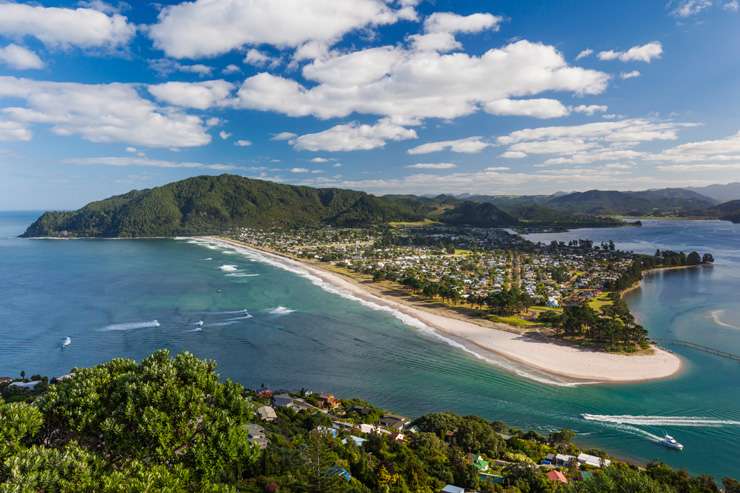
Pauanui, in the Coromandel, saw value growth of just under $200,000 in the last 12 months. Photo / Getty Images
Horton says the suburbs are in the lifestyle area between Queenstown and Arrowtown where there is scale to property with the average lot being around 2.5 acres, though some are much larger.
Other Queenstown Lakes suburbs which have made gains include Glenorchy, Hawea, Albert Town, Arthurs Point, Kelvin Heights and Arrowtown, and Horton says the strong demand for property is partly fuelled by Australians who come to Queenstown on holiday, fall in love, then seek a house to buy.
Sydney, Brisbane and Melbourne have direct flights in and the potential buyers from Australia add to Queenstown’s ability to withstand some of the pressures affecting other markets in New Zealand, he says.
“Generally, anyone that comes to Queenstown who hasn't discovered it has an immediate love affair and that usually leads to them wanting Queenstown to be a part of their immediate or future life.
“Queenstown offers that Alpine experience with golf and vineyards and bike and all of that sort of outdoor activity that isn’t on offer in Australia.
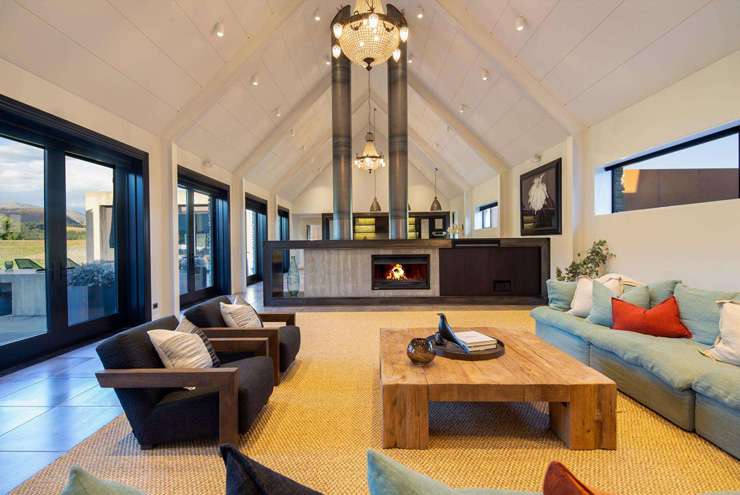
This luxury home at 98 Domain Road, in Dalefield, Queenstown, is for sale by way of negotiation. Photo / Supplied
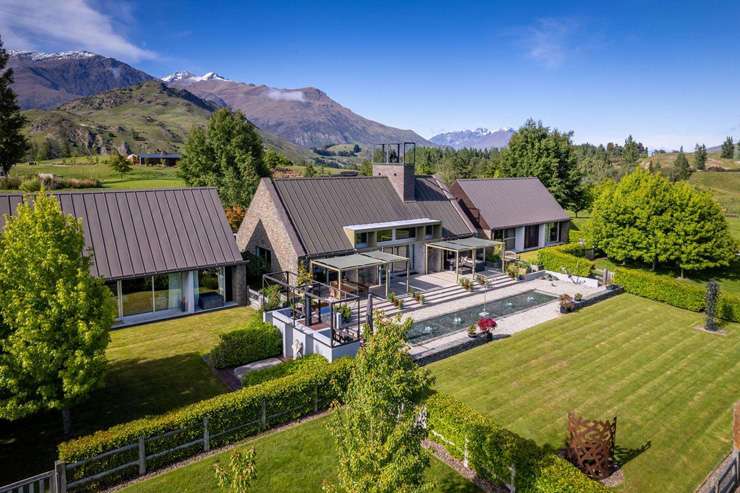
A four-bedroom getaway oat 8 Bendemeer Lane, in Lake Hayes, Queenstown. Photo / Supplied
“For a lot of Australians that we might come across it’s the first time they have ever been here and they might have already travelled the world but not been here so that usually leads to a bit of interest in what’s going on in the property market if they are people that have those sorts of resources.”
Kiwis, too, have been exploring their own backyard more since Covid and Horton says within the last 12 months his agency has sold a number of properties in the $7 million to $10 million range, and that since the first Covid lockdown they have sold over 60 Queenstown properties averaging over $4.5m.
He says the agency also holds the record for the highest value residential sale of over $26m.
“Significant” current listings, for sale by negotiation, include 98 Domain Road in Dalefield, a four-bedroom architecturally-designed house with a mountain backdrop, and a second architecturally-designed house in the mountains is 8 Bendemeer Lane in Lake Hayes.
On the Coromandel, Paunaui saw the average price of a year ago rise $197,000, from $1.515m to $1.712m.
Alyce Rowe, business owner of Harcourts Pauanui, also says for purchasers in the beach holiday destination wealth is a factor.
While scarce, properties do come up as there is a cycle of ownership with people coming to buy a holiday home and retirees coming to live, but at some point those retirees may look at moving to a retirement village so listings open up.
There are generations of families sometimes who have owned a property and while loath to sell sometimes they weigh up the fact a property might only be used a few times a year against the value.
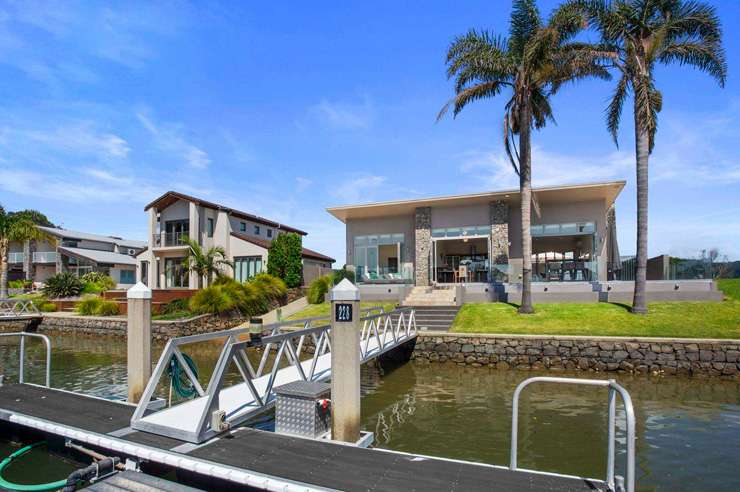
For sale: a three-bedroom waterfront home at 156 Waterways Parade, in Pauanui, Thames-Coromandel. Photo / Supplied
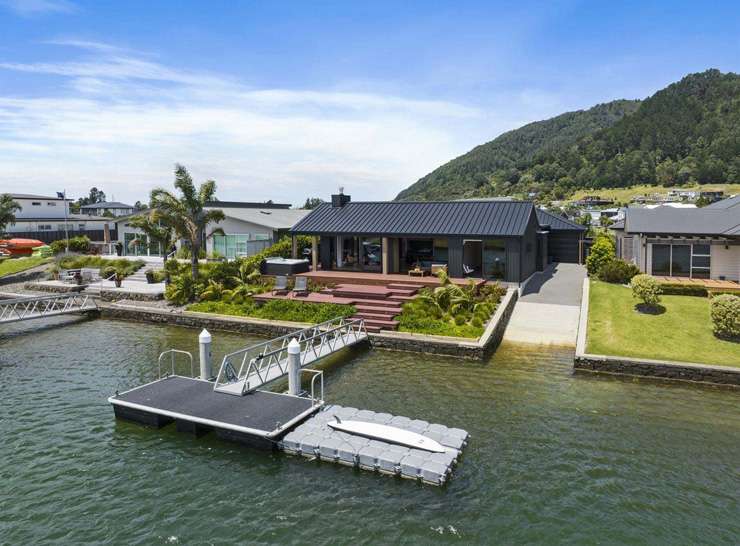
Another waterfront home for sale at 109 Motu Iti, in Pauanui, Thames-Coromandel. Photo / Supplied
Rowe says values have held over the last 12 months and there are a lot of out of region buyers, especially from Auckland.
Earlier this year a waterfront home in Pauanui sold for $6.1m, a new record, with the buyers coming from out of town.
High-end properties on the Paunanui Waterways, a waterfront development, are for sale by negotiation starting at $3m.
One is 156 Waterways Parade and another is 109 Motu Iti.
Wilson says listings are always light in areas like Pauanui, Hahei and Cooks Beach, which means when a good property comes to market it tends to do well.
“Pauanui reserve-fronting properties very rarely come to market and people know that.
“When they do buyers of that kind of property again, much like Queenstown, often are not having to scrape together a 20% deposit and go to the bank cap in hand.
“They are often able to buy in any market and so it does mean there's a wee bit of an immune-to-what's-going-on factor.”
There is also the perception of being able to get a bargain in the current market, which does not necessarily hold true, which can drive competition and therefore also drive prices, he says.
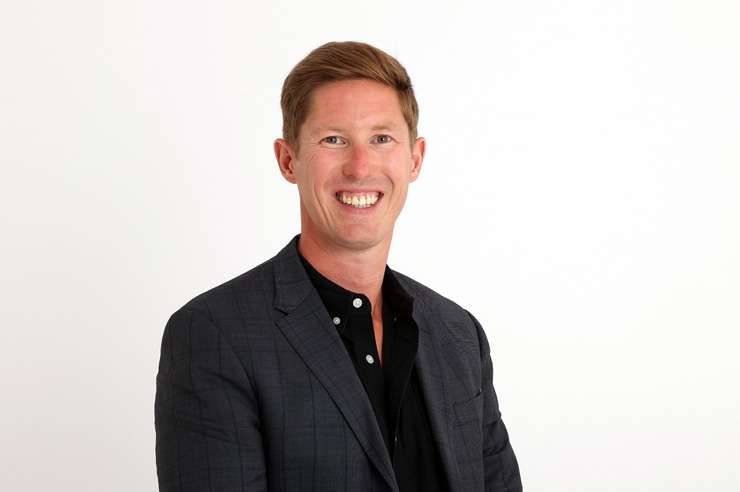
Valocity head of valuations James Wilson: "When you don't have all of those groups fighting each other to buy the properties you don't get those hype conditions." Photo / Fiona Goodall
People selling a more modest house in wealthy areas, such as a more typical first home buyer property, would still get a softer price than what they would have got 12 months ago: “It's the higher end properties that prop up those areas.”
The $216,000 average gain seen in Coatesville, a rural community in Auckland’s north-west, is driven more by the expensive lifestyle properties, Wilson says.
In the last 12 months the higher end of the market has transacted, compared to more sales at the lower end of the market the year before.
“There's been a handful, which is all you need, knocking on the door of, if not a bit above, that $10m mark and that has had the impact of propping up that overall suburb value.”
Other suburbs to feature are Waimakariri and Mackenzie in Canterbury, where values rose $110,000 and $101,000, but Wilson says this is down to new build activity in those suburbs.
There is a settlement lag effect with people buying home and land packages then waiting for the property to be built.
“And because the areas are transforming you get the case of new builds moving at a higher price than the stock in the area 12 or 18 months ago.”










































































